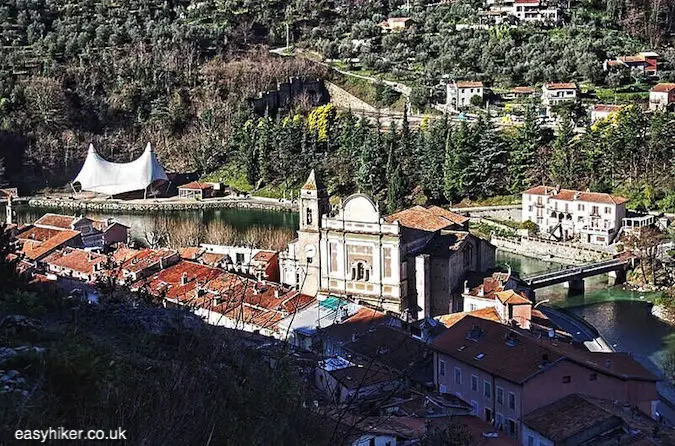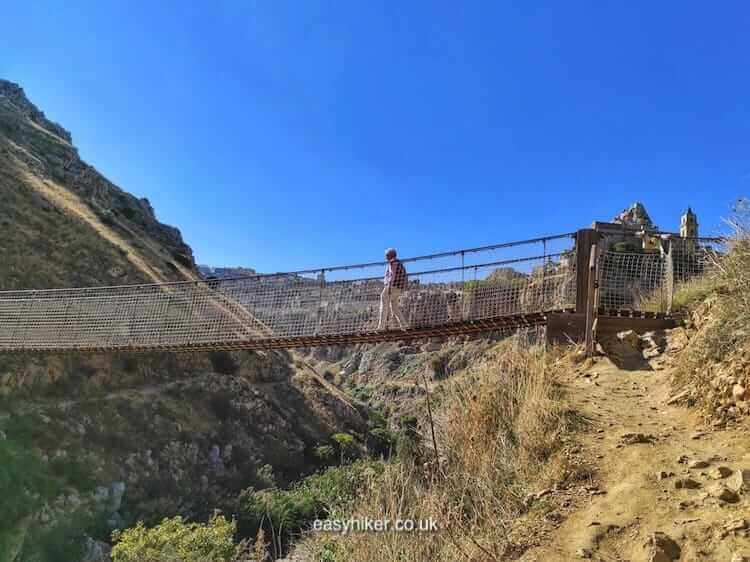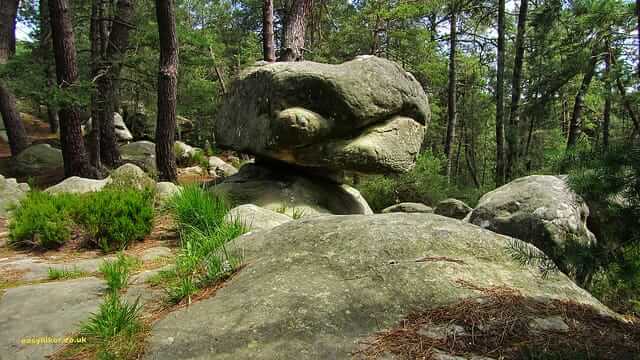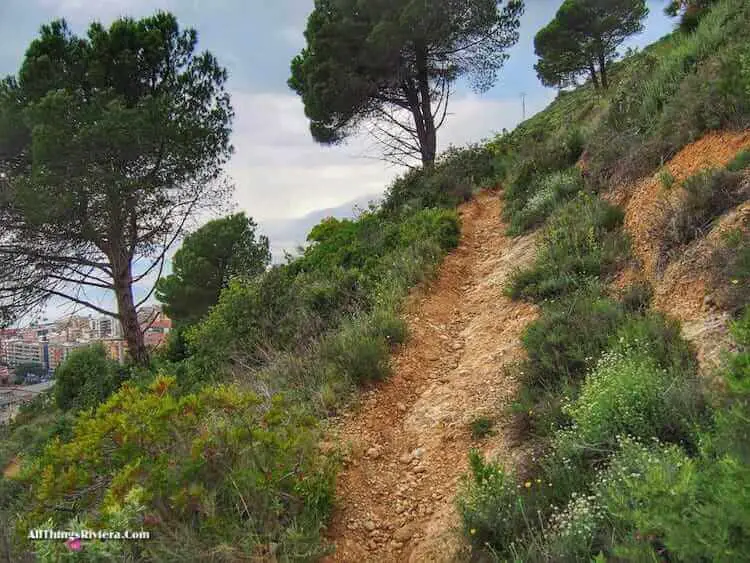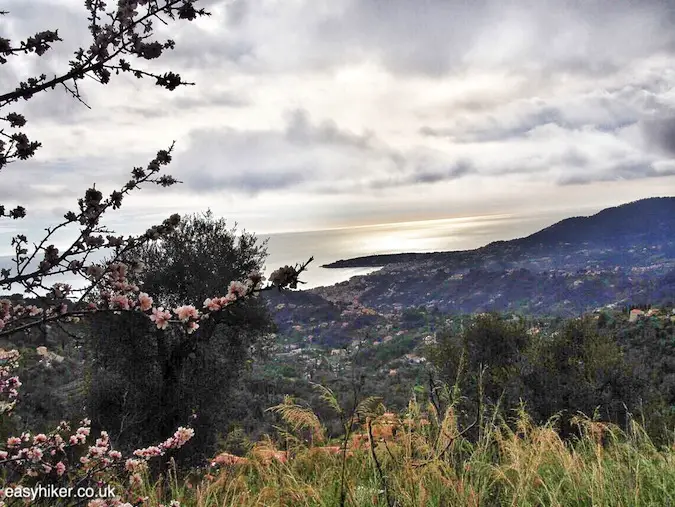Guest Post: Hiking in Asia
Go Hiking in Vietnam
Although Vietnam’s major cities – Hanoi, Ho Chi Minh – are very much on the up and up, no Vietnam holiday is complete without experiencing this country’s remarkable, iconic countryside.
Misty green hills terraced with rice paddies, oxen working the fields, tended by folk in their broad conical hats – it’s all still there, albeit ever more exposed to modern influence.
You can certainly experience a spectacular rolling vista of rural Vietnam from the windows of your train, and you’d get to meet a good number of everyday Vietnamese people on your journey – the train is a cheap, interesting way to cover the long distance from North to South, and certainly shouldn’t be sniffed at.
But it’s impossible to get a real idea of any country without setting out on foot, and taking the time to breathe it in, watch quietly as people and animals go about their day, and experience for yourself the varying temperatures, humidity, smells & sounds that define existence in that place.
So, time to step off that train…
Sapa
Easily reached by a four hour train journey from Hanoi, Sapa is perhaps the best known patch of Vietnam’s rice-farming countryside. Even if you don’t recognise the name, you’ve probably seen pictures of it in Vietnam travel posters, or maybe on TV.
There are several excellent gentle trails here, and Sapa’s landscape is unarguably representative of “iconic” Vietnam; several minority ethnic tribes living in the area, still wearing traditional dress and living in the time-honoured style of their ancestors.
But some visitors to Sapa are surprised to hear fluent English spoken by the young tribesfolk who come to sell trinkets to passing tourists, and perhaps disappointed to discover that said trinkets were made in China.
The area was occupied by the Americans before becoming a popular focus for tourism – hence the English – while the Chinese imports come straight over the border.
That said, Sapa is a lovely place to acclimatise yourself to the Vietnamese northern mountains while you still have access to plenty of good accommodation.
However, if you want true hill-tribe authenticity, you’ll need to head even further north.
Ha Giang
For a long time this region – far in Vietnam’s mountainous north, just below the Chinese border – has been closed to outsiders, due in part to the area’s remoteness but also because of sensitive relations with Vietnam’s powerful neighbour.
You certainly don’t want to hike into China by accident! Ha Giang has only really opened up in recent years, meaning that its inhabitants, and their traditions, have remained relatively untouched by modern ways.
There are many excellent trails here, with super photo opportunities too. Amenities are fairly basic, with homestay being the main accommodation type, at least at the moment – but if you can handle sub-luxury conditions, Ha Giang is perhaps Vietnam’s most rewarding place to go hiking and trekking. There is no train here, however, so you will have to reach the area under your own steam – by motorbike is fun, or you can hire a driver if you’d rather not brave the unfamiliar roads.


